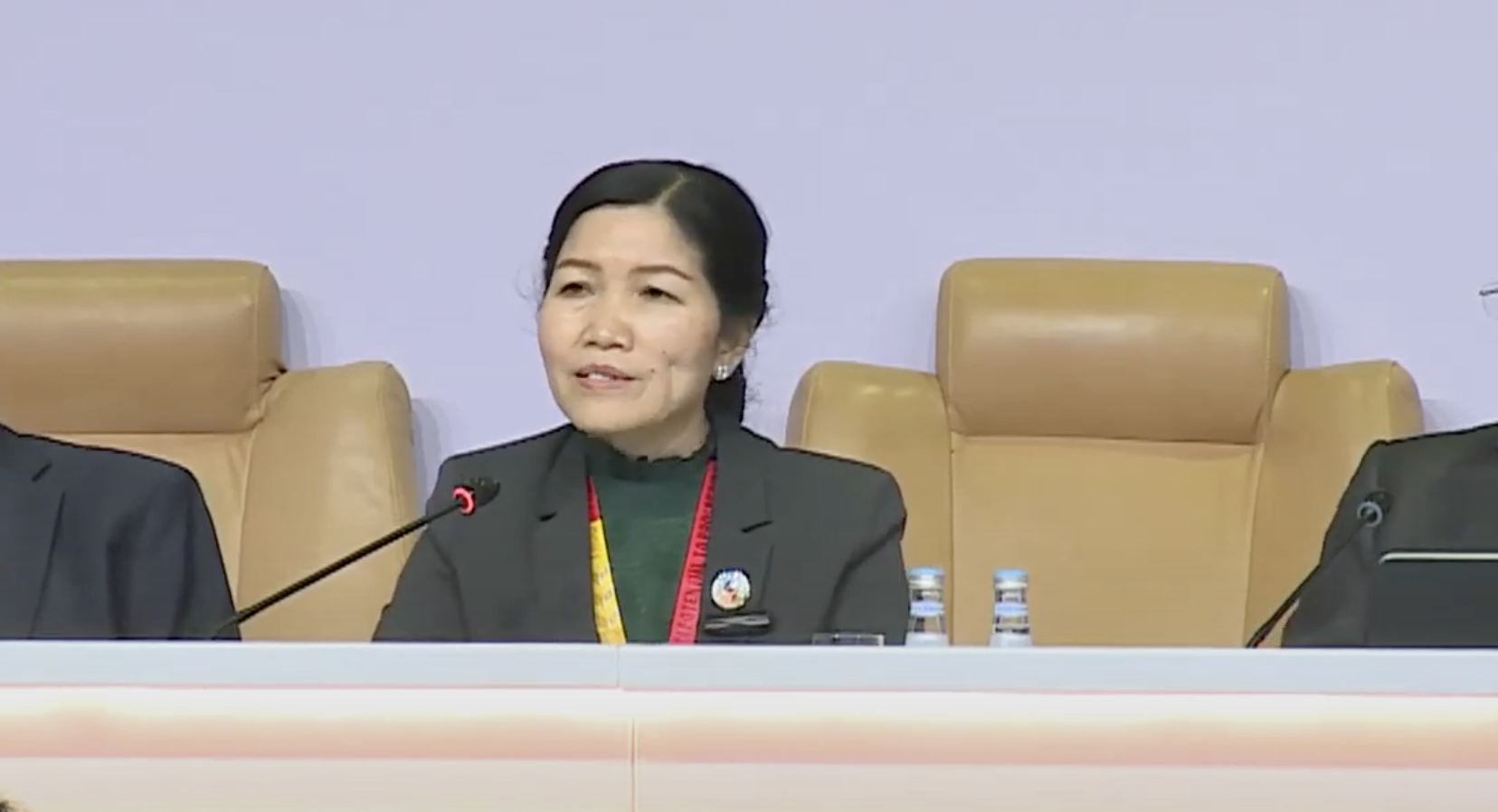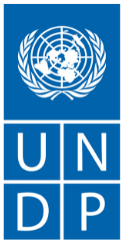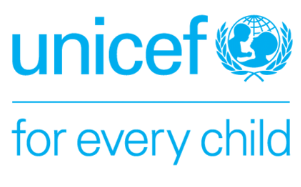Lao is entering a critical stage in its national development. The country’s ninth five-year National Socio-Economic Development Plan will likely oversee its transition from Least Developed Country (LDC) status. Graduation is scheduled for 2026.
Within government, the impending graduation sparked discussions around a smooth transition: how the country would manage the phasing out of preferential trading preferences and development assistance and ramp up efforts to diversify its financing mix. The aptly named Smooth Transition Strategy is fully aligned with the latest national development plan and outlines new policies and reforms for managing debt, increasing fiscal space, incentivising private sector investment and channelling money to critical social sectors.
For Lao, the integrated national financing framework (INFF) process came at the right time. Both the National Socio-Economic Development Plan and the Smooth Transition Strategy chart an ambitious course for a sustainable and equitable transition to middle-income status. Through its INFF, the government is developing a financing strategy that outlines specific reforms and actions to mobilise finance to meet these ambitions. Critically, this process involves extensive consultation with the very people and sectors who will be critical in taking the strategy forward: line ministries, local government, financial sector, development partners, civil society and businesses.
After two years of technical work and consultations (the government has led over 20 days of workshops), the government is in the last stages of finalising a financing strategy that outlines 54 policies and actions and reforms.
We were fortunate to be joined by H.E. Phonevanh Outhavong, Lao Deputy Minister of Planning and Investment, at the INFF Facility side event during the Fifth United Nations Conference on the Least Developed Countries (LDC5). At the event, the Deputy Minister shared her thoughts on the country's financing challenges, the value of the INFF process, and areas where development partners can lend support.
We are posting her speech in full, edited for clarity, below. Her presentation can be found here.
Thank you very much, Excellencies, Mr President, Ministers, Vice Ministers, the Secretary-General Special Representative, Deputy Secretary-General, Deputy Executive Director, representatives from government, the UN and development partners.
Distinguished ladies and gentlemen, first, let me thank the INFF Facility for inviting me to this very important event to speak about the integrated national financing framework experience and briefly on the Lao development situation.
Lao PDR has made significant progress in recent decades with remarkable GDP growth, enabling infrastructure, trade and investment, poverty reduction and better and longer lives. This progress was marked by the UN General Assembly decision in 2021 to endorse the Committee for Development Policy recommendation for Lao PDR graduation by 2026.
However, since then, the challenges have been building up. COVID-19, as mentioned by others, really affected our health system, our children's education, the private sector and people's livelihoods.
This alone justified an extended preparatory period to ensure LDC graduation would not interrupt the sustainability of the Lao people's development pathway.
Recent rapid inflation, especially of food and agricultural inputs, have caused further harm, and, of course, the increasingly frequent and severe weather events have worsened the situation.
Managing these challenges requires significant resources.
However, with a limited budget and private investment in the SDGs, our development finance gap is widening. This is why the integrated national financing framework is so timely and important.
During the last two years, the government has been supported by the UN, and today we have the UN Coordinator to Lao PDR, Ms Sara Sekkenes, with us. The Joint SDG Fund and an increasing number of development partners, including the World Bank, the OECD, and the Global Green Growth Institute, have worked to identify priority policies required to finance our 9th National Social Economic Development Plan.
A multistakeholder effort and more than 20 days of workshops led to a consensus of 54 policy actions.
There are a few that I would like to highlight.
First, the policies aim to increase coherence between revenue generation and the investment promotion regime and social and investment priorities. The financing strategy for the national plan based on the INFF calls for reducing the role of natural resource extraction in revenue generation and subjecting natural resource extraction to strict environmental impact assessments.
Similarly, the financing strategy prioritises the review of fiscal policies and the investment promotion regime, which has allowed generous tax exemptions to broaden the tax base.
Additionally, the financing strategy contains recommendations to support Lao PDR in achieving the goals of the National Development Plan on track. Maintaining the prioritisation of social services, especially investment in health and education, is critical.
Lao PDR is focused on public finance to achieve the SDGs for children. The INFF should consider social spending and investment for children as critical for Lao PDR. Strengthening community-based approaches is also essential for building resilience to future climate crises, pandemics and other shocks and reaching the most vulnerable communities in Lao PDR.
This is why Lao PDR is focused on systems strengthening, for example, on health, education, and nutrition for tourists, children and young people, women and vulnerable communities, to help build resilience for long-term stability and sustainability.
Secondly, the financing strategy helps us prioritise long-term sustainability.
The chapter on greening the economy contains policies to mobilise green ODA to green our fiscal policies and update our regulations to attract more green investment.
The financing strategy also calls for increasing the budget allocation for health and education and managing donor transition to social sectors to secure our investment in people.
Early and especially importantly here in Doha, the prospect of LDC graduation has been well integrated with the policies dedicated to optimising and mitigating future losses of financial international support measures, which were extensively highlighted by the Deputy Prime Minister of Lao PDR and other Heads of Delegation during the LDC Summit yesterday.
This ultimately means graduation should be rewarded, not penalised.
The draft Smooth Transition Strategy shares a number of policies with the financing strategy, which brings me to one of the main benefits of the INFF approach.
There are key accomplishments that I would like to highlight today.
The first is policy coherence. Working with all relevant stakeholders has allowed us to have a more systematic overview of development policies. Most of the challenges we face revolve around policy trade-offs: revenue generation versus environmental sustainability, fiscal space versus attractiveness, among others.
The second advantage is the structured process that brought us from diagnostics to policy formulation. Engaging all stakeholders early on for consensus around challenges was essential before agreeing on solutions.
Lastly, we have spent a significant amount of time preparing implementation, and we now have a streamlined M&E framework with responsibilities and simple means of verification.
Despite these achievements, there is still a long way before we have sufficient SDG financing in Lao PDR.
Let me highlight in particular three challenges ahead, which are also why we called for further support from the INFF Facility and development partners.
First, the transition of policies from national to sectoral and local levels. The financing strategy remains a national-level policy document. Successful implementation will require dissemination, collaboration and updated work plans and budgets of ministries and local administrations.
Secondly, the realignment of development partner assistance to these new priorities. I had the privilege of participating in the Global Partnership for Effective Development Cooperation in Geneva last December. What I got from the exchanges is that there is a need to better align development partners' priorities with national plans as well as build programmes at scale to tackle systematic change. That is what we require of financing for development.
Third and final, there is a challenge to maintain multistakeholder and cross-sectoral coordination. The support from the Joint SDG Fund joint programme has ended, which may constrain and delay implementation.
Such support should be a key objective of the INFF Facility and development partners ahead.
Excellencies, distinguished representatives, let me end my presentation here. I look forward to receiving further support and collaboration to implement the INFF in Lao PDR.
I thank you again for inviting me to join this very important event.
Thank you very much.














